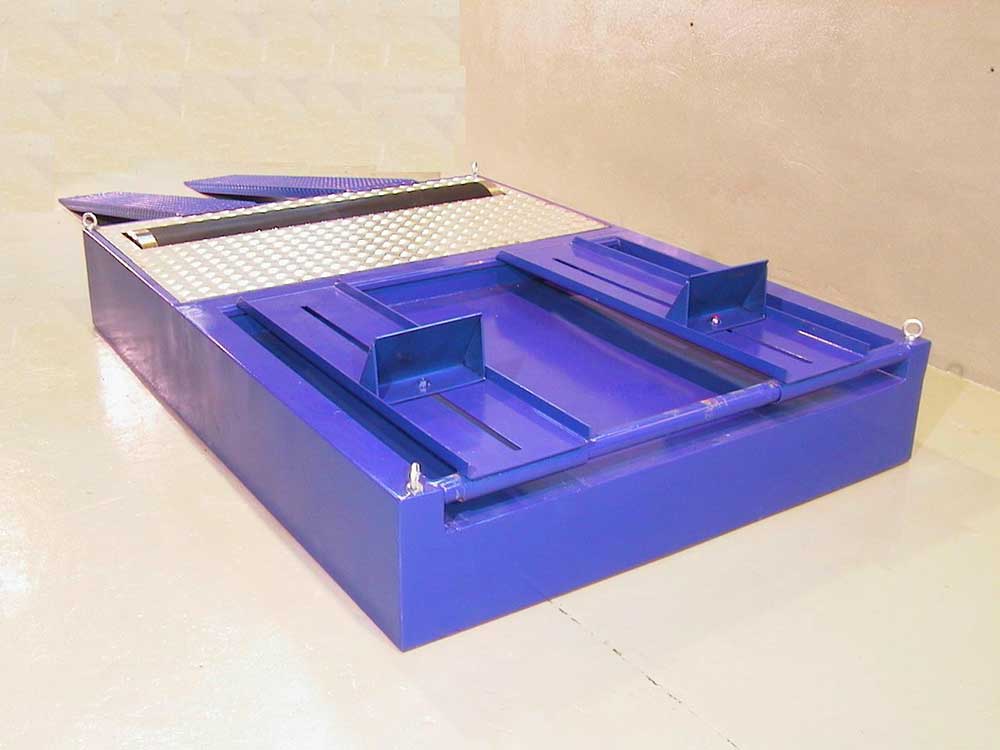
Why Top Tuning Shops Choose Hyper Power Dynamometers
Tune into the unparalleled precision and power optimization that top tuning shops crave with Hyper Power Dynamometers – setting a new standard in performance enhancement.
Dynamometers play a crucial role in assessing power and efficiency through controlled tests by measuring torque and speed. Torque, which gauges rotational force, is calculated by applying braking force to engines. Different absorption units, such as eddy current, hydraulic, and electric, impact the dynamometer's performance.
Eddy current brakes are particularly known for their precise torque control. Regular calibration is essential to ensure accuracy and reliability over time. Dynamometers come in various types, like fan brakes that use airflow resistance. Effective heat management is key to prevent damage to components.
If you want to learn more about dynamometers and how they work, read on!
Operational Principles of Dynamometers
Dynamometers serve as crucial tools in various industries to measure torque and speed in controlled testing environments. These devices are essential for assessing power output and efficiency.
Torque, which measures rotational force, is a key factor evaluated by dynamometers. By applying a braking force, dynamometers can determine the torque produced by an engine or motor while in operation. The power absorbed by dynamometers is either dissipated as heat or fed back into the electrical grid in the case of regenerative dynamometers.
Understanding how dynamometers manage power and torque is essential for enhancing performance and ensuring precise measurements across different uses. Whether absorbing surplus power or maintaining a consistent braking force, dynamometers demonstrate the intricate connection between torque, power, and performance in controlled test settings.
Absorption units in dynamometers come in diverse types such as eddy current, hydraulic, and electric, each serving distinctive functions in power absorption.
Eddy current units harness electromagnetic induction for resistance creation, while hydraulic units use fluid resistance to measure power.
Electric units, meanwhile, provide controlled resistance crucial for accurate torque and power assessments in dynamometer testing.
Comparison Between Absorption and Foucault Current
Eddy current systems are notable in dynamometers for their use of magnetic fields to generate resistance, providing precise control and rapid response times for testing purposes.
Eddy current dynamometers are valued for their efficient energy conversion, making them a preferred choice for applications requiring precise control over torque and speed.
Hydraulic Versus Electric Absorption Units in Dynamometer Technology
When considering dynamometer technology, the decision between hydraulic absorption units and electric absorption units plays a crucial role in determining performance for various testing requirements. Hydraulic absorption units utilise fluid resistance to gauge torque, providing high power capacity and smooth operation, which is particularly beneficial for heavy-duty tasks. On the other hand, electric absorption units employ electric motors or generators for resistance, offering quick response times and precise control over absorbed power, making them well-suited for dynamic testing needs. It is essential to consider factors such as power needs, speed range, and control capabilities when choosing between hydraulic and electric absorption units to ensure optimal efficiency and effectiveness in different testing scenarios.
The choice between hydraulic and electric absorption units is significant because it directly impacts the performance and capabilities of the dynamometer. For instance, in a scenario where a dynamometer is required for testing heavy-duty engines in a manufacturing plant, hydraulic absorption units would be more suitable due to their high power capacity and ability to provide consistent and reliable torque measurements. In contrast, for research and development purposes that demand quick adjustments and precise control over power absorption, electric absorption units would be the preferred option.
One key advantage of hydraulic absorption units is their ability to handle high power levels effectively, making them ideal for applications that involve testing large engines or machinery. For example, in the automotive industry, when testing the performance of heavy-duty trucks or tractors, hydraulic absorption units can accurately measure torque output while ensuring smooth operation under heavy loads. This level of performance and reliability is crucial for obtaining accurate data and ensuring the safety and efficiency of the tested equipment.
On the other hand, electric absorption units excel in providing fast response times and precise control over absorbed power, making them suitable for dynamic testing requirements in industries such as aerospace or renewable energy. For instance, when testing the efficiency of electric motors for aircraft propulsion systems, electric absorption units can quickly adjust the resistance levels to simulate different operating conditions, allowing for precise performance analysis and optimization. This level of control and flexibility is essential for meeting the specific testing needs of advanced technologies.
Eddy Current Type Absorber
Eddy current type absorbers utilise magnetic fields to introduce resistance and extract power from the prime mover in dynamometer testing setups. These absorbers work by generating heat through electromagnetic induction as the rotor moves within the magnetic field. Here are some key points about eddy current absorbers:
Eddy current absorbers are essential components in dynamometer setups due to their capability to create resistance using magnetic fields. This feature facilitates the evaluation of various engines and machinery with accuracy and dependability.
Powder dynamometers are captivating devices that utilize magnetic powder to absorb power and measure torque accurately. By resisting the applied torque through the magnetic powder, these dynamometers offer precise and stable torque control crucial for different testing applications.
Grasping the properties of the powder, the calibration process, and the benefits in research are key points that illuminate the importance of powder dynamometers in the field of torque measurement.
Powder Properties and Uses
Utilising magnetic properties to provide controlled resistance for torque measurement, powder dynamometers are highly regarded for their precision and adaptability in various industrial applications. The magnetic powder in these dynamometers enables accurate torque measurement and offers flexibility in adjusting load levels.
Key Points about Powder Dynamometers:
For example, the Magtrol Hysteresis Dynamometer is a well-known powder dynamometer that offers exceptional accuracy and reliability in torque measurement for automotive testing applications.
Calibration Process Explained
The meticulous process involved in calibrating a powder dynamometer is crucial for ensuring the precision and reliability of torque measurements in industrial applications. It involves adjusting sensitivity, ensuring linearity, and correcting zero offset deviations to achieve accurate readings. By applying known loads or torques to the dynamometer and comparing the output readings to expected values, the calibration process validates the accuracy of the torque measurement system. Regular calibration of powder dynamometers is essential to maintain the accuracy and consistency of torque measurements over time.
Fine-tuning the sensitivity and other parameters during the calibration process corrects deviations in torque readings, leading to trustworthy test results and dependable performance evaluations. This meticulous calibration process is vital for upholding the integrity and effectiveness of powder dynamometers in various industrial settings.
For example, in automotive manufacturing, precise torque measurements are crucial for ensuring the proper assembly of components and the overall quality of the vehicles produced. By calibrating powder dynamometers accurately, manufacturers can guarantee the reliability and safety of their products.
Benefits in Research
When considering research applications, one discovers that powder dynamometers provide a notable torque capacity and precise measurement capabilities. Powder dynamometers are widely utilised in engine development and performance testing due to their exceptional features. Here are some advantages of using powder dynamometers in research:
These characteristics make powder dynamometers invaluable tools for researchers seeking to carry out comprehensive and precise performance testing on various engines.
Hysteresis Dynamometers: Understanding the Components
One of the key aspects of hysteresis dynamometers is their reliance on magnetic hysteresis to produce consistent and adjustable braking force for testing purposes. This braking method enables precise measurement of torque, making hysteresis dynamometers highly sought after for their exceptional accuracy in torque measurement. The stable design of these dynamometers ensures reliable and repeatable test results, which are crucial for research and development activities.
Exploring the Components of a Hysteresis Dynamometer:
| Component | Description | Function |
|---|---|---|
| Stator | The stationary section of the dynamometer | Generates the magnetic field |
| Rotor | The rotating part linked to the shaft | Interacts with the magnetic field |
| Hysteresis Disk | Constructed from magnetic material | Introduces resistance for braking |
The stator in a hysteresis dynamometer plays a vital role by providing a stable magnetic field essential for the dynamometer's operation. For instance, in the Magtrol HD511 Hysteresis Dynamometer, the stator ensures precise and consistent magnetic fields, resulting in accurate torque measurement during testing processes. This component's reliability is crucial for obtaining dependable test results in various engineering applications.
Electric Motor/Generator Dynamometer
For assessing electric motors with precision and accuracy, an electric motor/generator dynamometer is a vital tool in the testing and optimization process. This dynamometer absorbs the power generated during testing, enabling a comprehensive evaluation of the motor's performance. Here are some key features of electric motor/generator dynamometers:
These dynamometers are crucial for verifying motor specifications, meeting industry standards, and ultimately enhancing the functionality of electric motors.
Fan brakes in dynamometers play an essential role in applying resistance to measure torque accurately.
They function by utilizing the frictional heat generated from the airflow resistance within the system.
This load absorption technique allows for precise testing of engines and rotating equipment in a controlled manner.
Utilising air resistance generated by a fan, the fan brake dynamometer functions by providing braking force and dissipating absorbed power as heat. This mechanism allows for controlled testing of power applications, simulating different load conditions. Here are some key points about the fan brake dynamometer:
Adjusting the airflow from the fan alters the braking force, providing a versatile way to test power applications. Fan brake dynamometers play a crucial role in ensuring the performance and reliability of small to medium power systems. By dissipating absorbed power as heat, these dynamometers maintain precision during testing procedures. Fine-tuning the resistance allows for detailed simulation of different load conditions, aiding in the evaluation of power applications.
When considering dynamometer options, the Fan Brake Dynamometer from XYZ Engineering stands out for its precise airflow control and accurate power dissipation. This dynamometer is ideal for testing a wide range of power applications and offers reliable performance for various load scenarios.
Additionally, the Fan Brake Dynamometer from ABC Dynamics is known for its durability and efficiency in dissipating absorbed power as heat, ensuring consistent and precise testing results.
Frictional Heat Generation in Dynamometers
Frictional heat generation is crucial in dynamometers like fan brakes, efficiently converting absorbed power into heat. When a fan brake is activated, it creates resistance through airflow and friction, absorbing power for measurement. As power is absorbed, heat is naturally produced due to friction between the braking components. Fan brakes are designed to effectively dissipate this heat to maintain peak performance during brake testing and power absorption tasks. The more power the fan brake absorbs, the greater the frictional heat generated, impacting the dynamometer system's overall function.
Efficient Heat Dissipation in Fan Brakes
Effective heat dissipation in fan brakes is essential for optimal performance. Fan brakes need to efficiently disperse the heat generated during power absorption to prevent overheating and ensure consistent operation. Proper cooling mechanisms, such as ventilation systems or heat sinks, are implemented in fan brakes to manage and dissipate the heat effectively. By maintaining proper heat dissipation, fan brakes can operate efficiently and accurately during power absorption processes.
Importance of Heat Management in Dynamometer Systems
Heat management is a vital aspect of dynamometer systems to maintain accurate and reliable performance. Excessive heat buildup can lead to component damage, affecting the dynamometer's precision and longevity. Proper heat management strategies, such as cooling systems and thermal insulation, are crucial to prevent overheating and ensure stable operation of dynamometers. By effectively managing heat generation and dissipation, dynamometer systems can function optimally and provide precise power absorption measurements.
Product Recommendation:
For enhanced heat dissipation in fan brakes, consider using fans with high airflow capacity and efficient cooling designs. Products like the 'CoolMax Fan Brake Cooling System' offer superior heat dissipation capabilities, ensuring reliable performance during brake testing and power absorption tasks. By investing in quality cooling solutions, you can improve the efficiency and longevity of fan brakes in dynamometer systems.
Load Absorption Technique
In dynamometer systems, torque measurement is effectively achieved using the load absorption technique, which commonly involves a fan brake that harnesses air resistance created by a fan. This method of dynamometer using a fan brake operates by converting the absorbed power during tests into heat, which is then dispersed by the fan. Here are some crucial aspects of the fan brake dynamometer:
Hydraulically Assisted Oil Shear Brake
Hydraulically assisted oil shear brakes utilize a hydraulic system to enhance the transfer of force between plates. These brakes rely on the shearing of oil between moving and stationary parts to create resistance. A significant benefit of these brakes is their precise torque regulation, which is particularly advantageous for applications demanding accurate braking. Additionally, hydraulically assisted oil shear brakes are renowned for their high thermal capacity, enabling them to function continuously without risk of overheating.
In dynamometers, hydraulically assisted oil shear brakes play a crucial role by providing adjustable braking loads for testing purposes. This capability allows engineers to replicate diverse conditions and assess the performance of engines or other mechanical systems with precision. The design of these brakes guarantees consistent and stable braking performance, making them a dependable choice for testing environments where accuracy is paramount. Overall, hydraulically assisted oil shear brakes are an invaluable component in dynamometers, enhancing the efficiency and effectiveness of testing procedures.
Hydraulic Brake Dynamometer
Using fluid resistance, a hydraulic brake dynamometer applies a load to the prime mover in testing scenarios. This system converts the energy generated by the prime mover into heat, which is then dissipated by the hydraulic fluid. Hydraulic brakes are valued for their precise control over the applied load, making them ideal for handling high power levels during testing. The hydraulic system integrated into these dynamometers allows for swift and efficient adjustments to the braking force, ensuring precise measurements and dependable performance. These dynamometers are commonly used in engine testing applications to accurately measure torque and power output, playing a crucial role in evaluating engine performance.
Importance of Hydraulic Brake Dynamometers
Hydraulic brake dynamometers are essential tools for ensuring the efficiency and reliability of engines in various industries. They provide precise control over the applied load, allowing for accurate measurements of torque and power output. This level of control is crucial for evaluating the performance of different engines and optimizing their operation for maximum efficiency.
Benefits of Hydraulic Brake Dynamometers
One notable benefit of hydraulic brake dynamometers is their ability to handle high power levels with ease. This makes them suitable for testing engines with varying power outputs, from small-scale applications to heavy-duty industrial machinery. Additionally, the quick and efficient adjustments possible with hydraulic brakes ensure that testing procedures can be carried out smoothly and accurately.
Examples of Hydraulic Brake Dynamometers
An excellent example of a hydraulic brake dynamometer is the Power Test Dynamometer's PTE Series, known for its robust construction and precise load control capabilities. This dynamometer is widely used in the automotive industry for testing engines of different sizes and power ratings. Another notable example is the Taylor Dynamometer's Eddy Current Engine Dyno, which combines hydraulic braking with eddy current technology for even greater control and accuracy in engine testing.
Water Brake-Type Absorber
Water brake-type absorbers utilise the transfer of water momentum to generate a load on the dynamometer. They are preferred in high-power engine dynamometers for their effective load absorption and control. An important advantage of water brake absorbers is their ability to adjust the load levels according to testing requirements by regulating the water flow rate and pressure.
One notable feature of the water brake-type absorber is its capability to dissipate absorbed power as heat through the water. This process ensures the dynamometer operates efficiently by managing and releasing the absorbed energy during testing. The controlled heat release helps to maintain the dynamometer's performance and accuracy over prolonged usage, making it a dependable choice for various testing scenarios.
With its adaptable load levels and efficient heat dissipation mechanism, the water brake-type absorber proves to be a practical and versatile component in dynamometer setups.
To put it simply, dynamometers are essential tools used to measure power and torque in various machines and vehicles. By employing different types of absorption units like eddy current, powder, hysteresis, fan brake, force lubricated oil shear brake, hydraulic brake, and water brake, dynamometers accurately measure the performance of engines and other mechanical systems. Understanding how dynamometers operate is crucial for engineers and mechanics to enhance the efficiency and functionality of their equipment.
If you want to learn more about dynamometers and how they can benefit your operations, feel free to reach out to Hyper Dyno. Contact us for any inquiries about Dynamometer Products, Custom Solutions, Installation Setup, Training and Certification, Technical Support and Maintenance, Software Updates, Rental Services, Dynamometer Testing Services, and Accessories and Parts. We are here to help you optimize your equipment and achieve peak performance.

Tune into the unparalleled precision and power optimization that top tuning shops crave with Hyper Power Dynamometers – setting a new standard in performance enhancement.
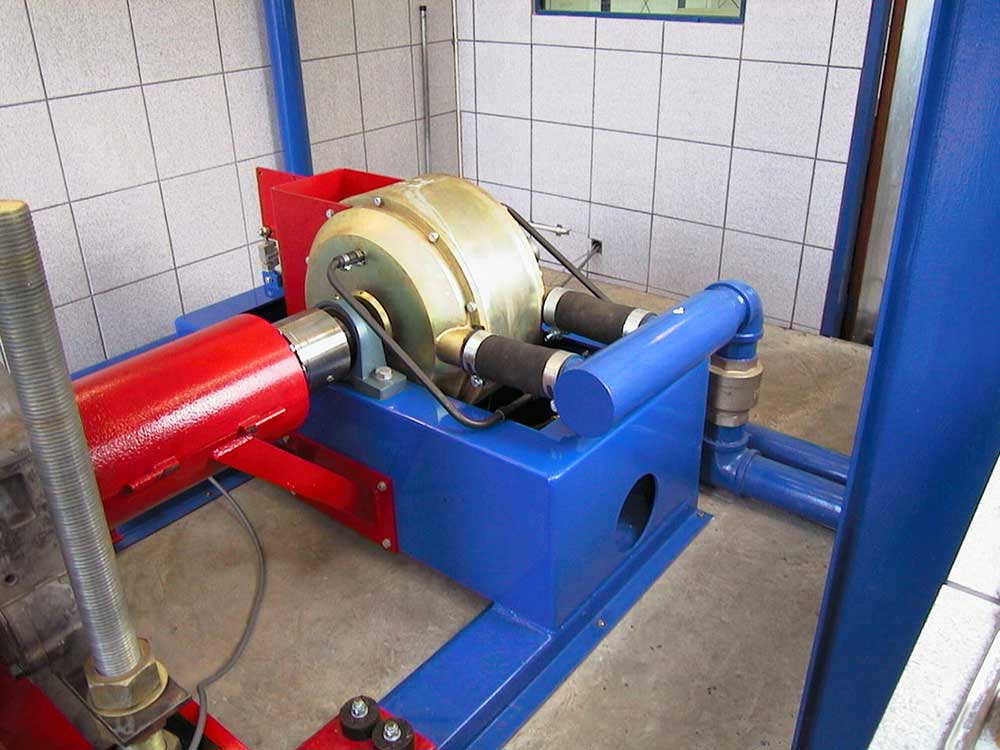
Uncover how precise testing impacts vehicle safety and performance, shaping the future of road safety in surprising ways.
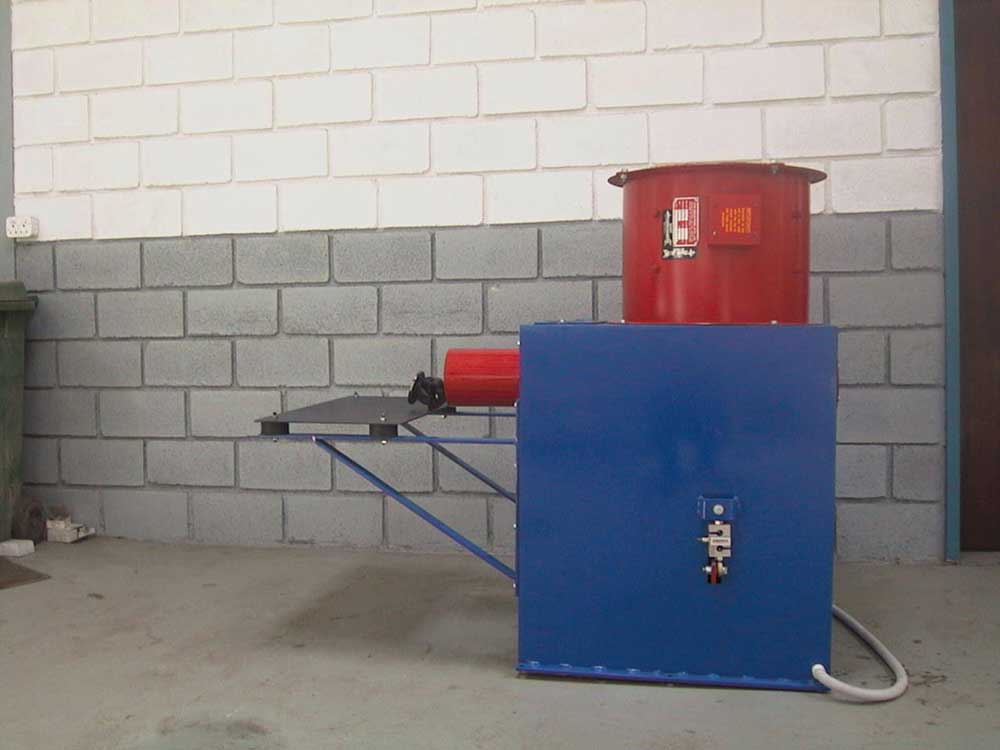
Harness the power of dynamometers across various industries to unlock unparalleled performance – discover their transformative impact!
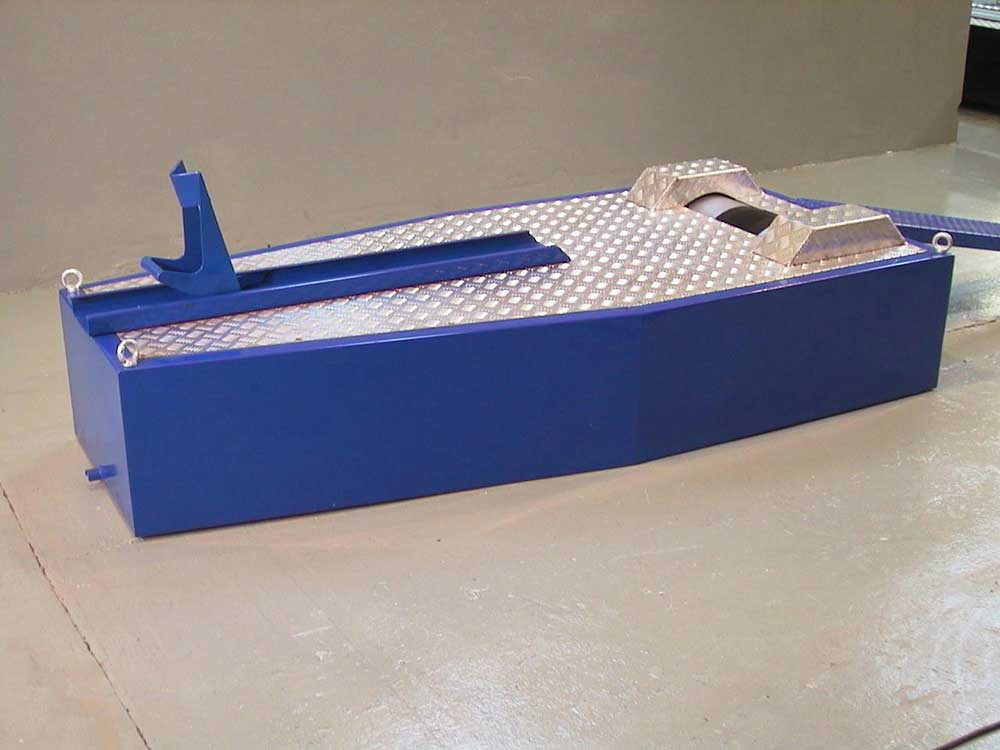
Peek into how dynamometers have transformed vehicle tuning, promising precision and power enhancements beyond imagination.
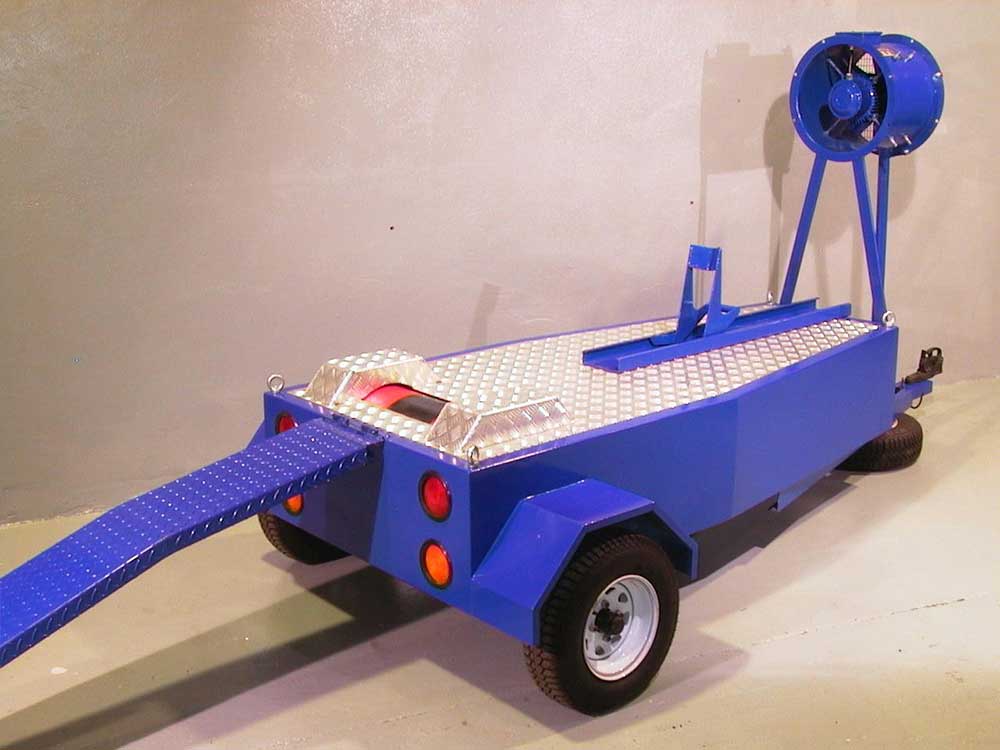
Yield to the allure of personalized wealth management services at Hyper Power and discover the transformative journey that awaits.
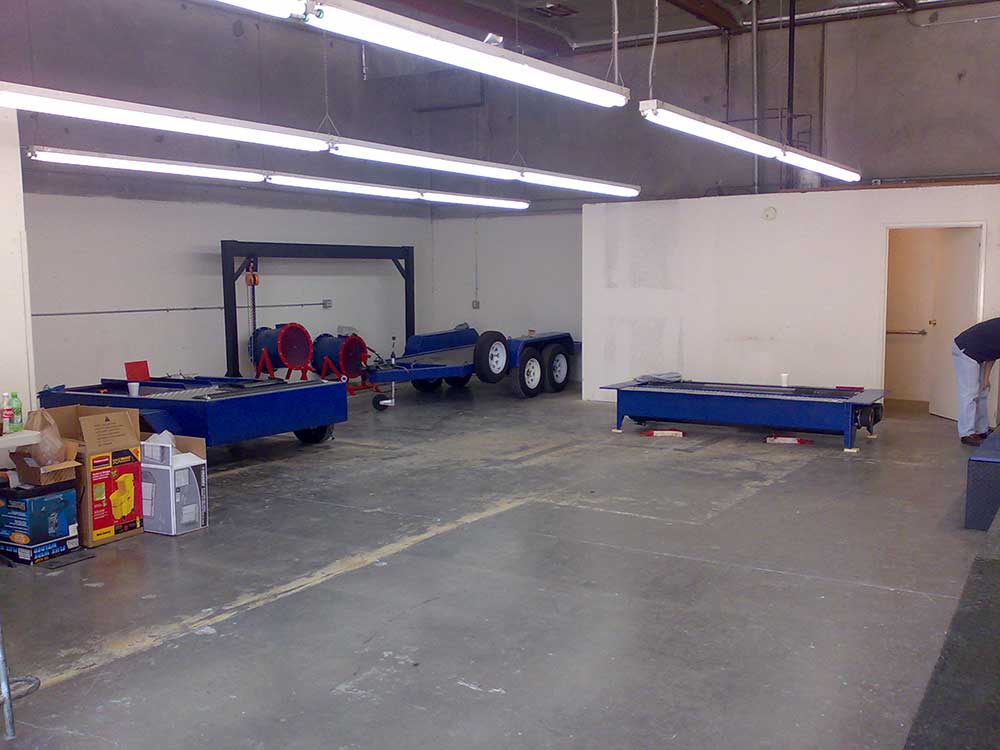
Harness the power of dynamometers to revolutionize automotive engineering and push the boundaries of innovation in the industry.
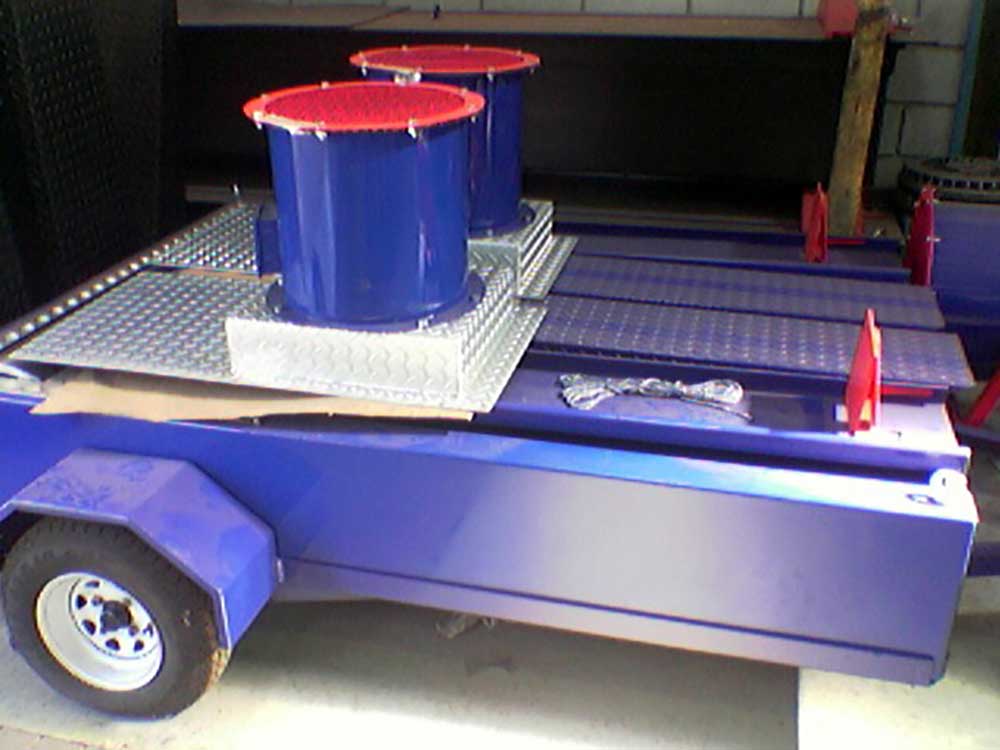
Uncover how a dynamometer unlocked performance gains beyond expectations, revolutionizing vehicle capabilities.

Accelerate your business growth with hyper power dynamometers, revolutionizing efficiency and performance optimization in various industries.



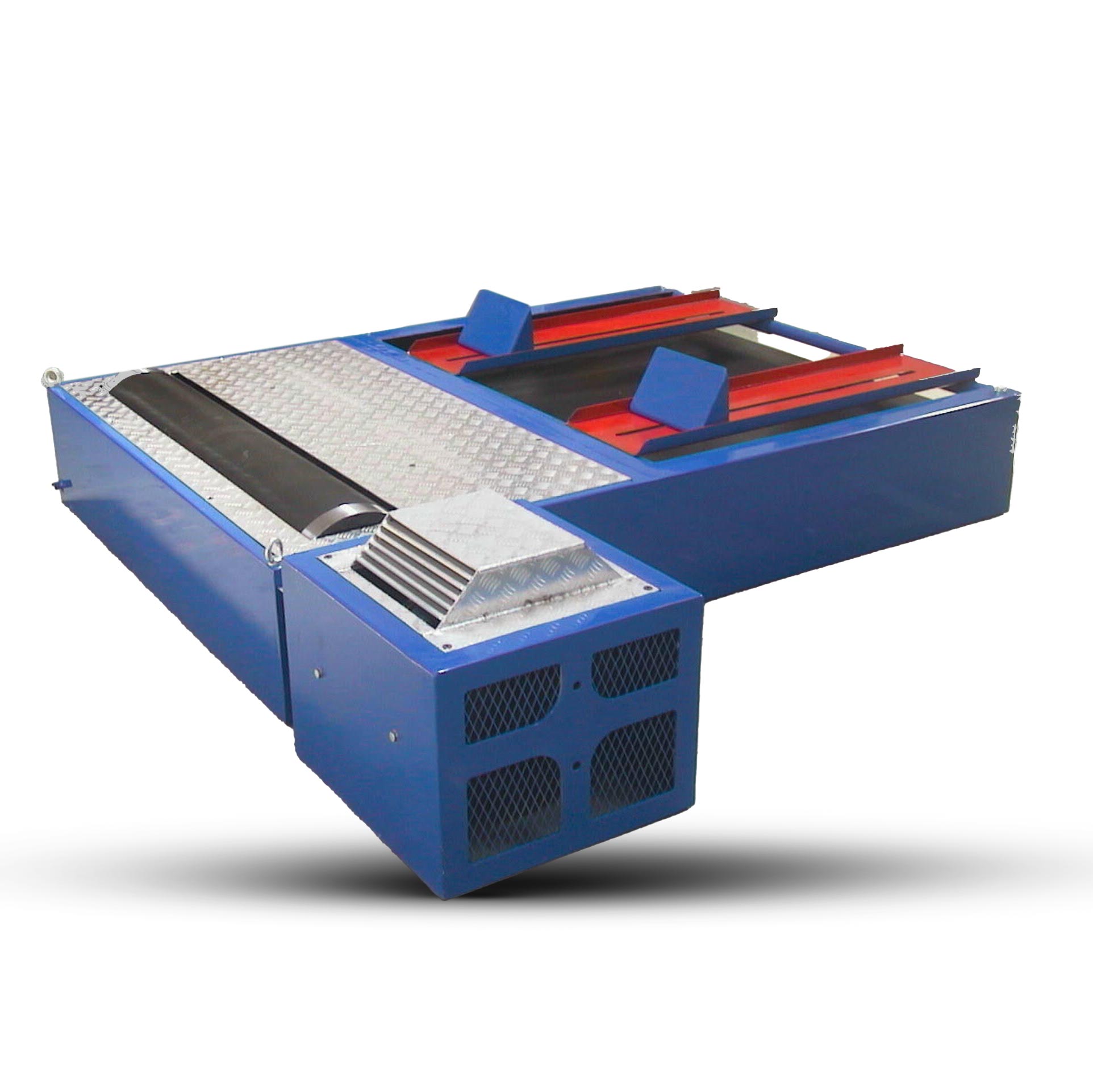
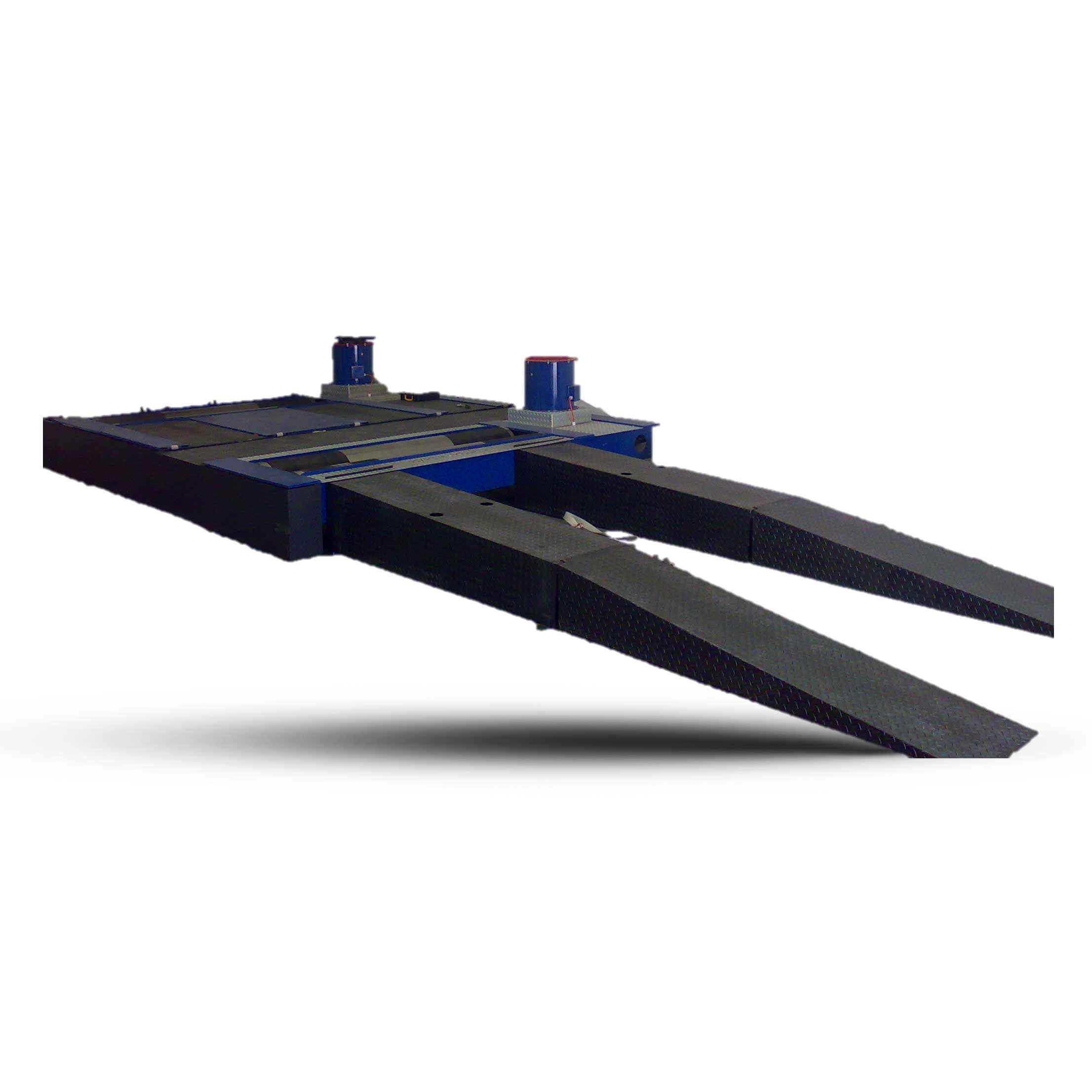
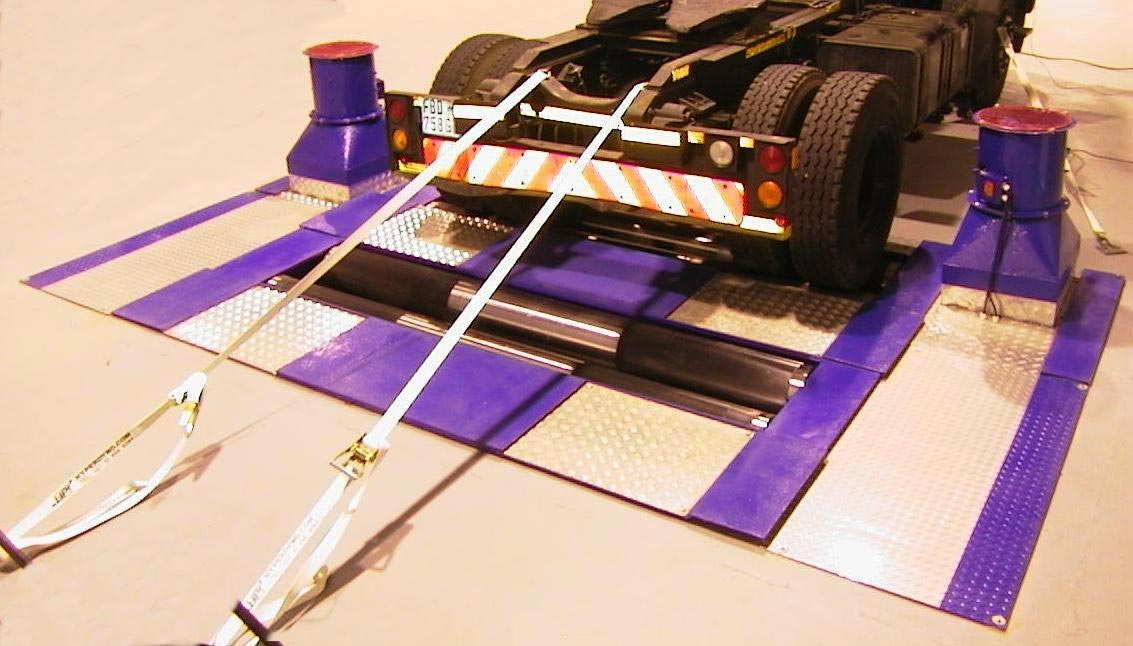
Hyper Power, the leading name in dynamometer solutions, offers unparalleled precision and reliability for all your performance testing needs.